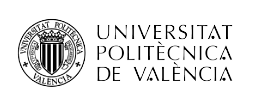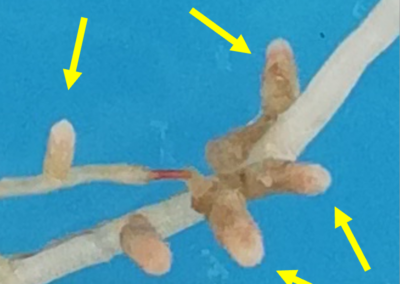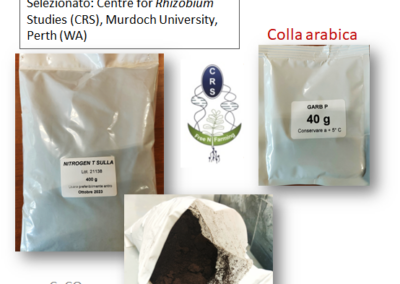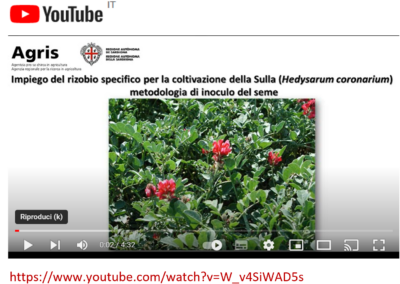Technology
Adaptive vegetation management tool (CAFE)
About the technology
The solution
The practical solution is Adaptive Vegetation Management (AVM). By managing vegetation density and species composition it is possible to modulate not just the hydrological cycle but also increase vegetaiton resiience against climate change, wildfire and other disturbances. This management could be performed in several ways, from just thinning to planting or grazing. Its design must be carefully developed and always considering the local vegetation, meteorologic and socio-economic conditions. Furthermore, its desing must include a long-term follow up.
Objectives of the project
Using AVM we want to increase water availability, climatic resilience, decrease wildfire severity and intensity while combining it with forest productivity (biomass, wood, grazing, etc) and biodiversity.
Ecological context
Main constraints
Main business opportunities
Socio-economic context
Information to maximize the adoption
Most stakeholders have enough background information to adopt this solution, the public forest owners (vilages and regional government) have enough information and technicians to develop AVM. However, its design using CAFE tool could optimize the process and increase the spatial and temporal ressolution. To use this technology the stakeholders will need at least 1 week training.
Indexes
Workers needed
Skilled workers are essential
Ease of use
Learning to use the solution requires little time
Adaptability
Quick and easy to be adopted
Effectiveness
The solution address the challenge / problem
Reliability
The innovation is sufficiently stable over time
Cost
The investment needed to implement the innovation
Greenhouse emissions
Impact of on climate change
Water availability
The impact of technology on water availability
Water quality
The impact of technology on water quality
Technology Feedbacks
Have you had the opportunity to try this technology?
Leave your feedback and we will publish it.
Living Labs for testing and implementing this technology
Living Labs as a crossroads for the development of sustainable and resilient technologies for environmental, economic and social progress.
Italy
Spain
Tech Responsible contacts
Antonio del Campo
ancamga@upv.es
Do you want to learn more about the suitability of our technologies?
Use our solution finder to check the usability of this technology in your area or agricultural business.
Leave your Feedback

![[Cafe]_logo](https://platform.salam-med.org/wp-content/uploads/2023/09/Cafe_logo.png)
![[Cafe]_DSS_details](https://platform.salam-med.org/wp-content/uploads/2023/09/Cafe_DSS_details.png)
![[Cafe]_Output map](https://platform.salam-med.org/wp-content/uploads/2023/09/Cafe_Output-map.png)




